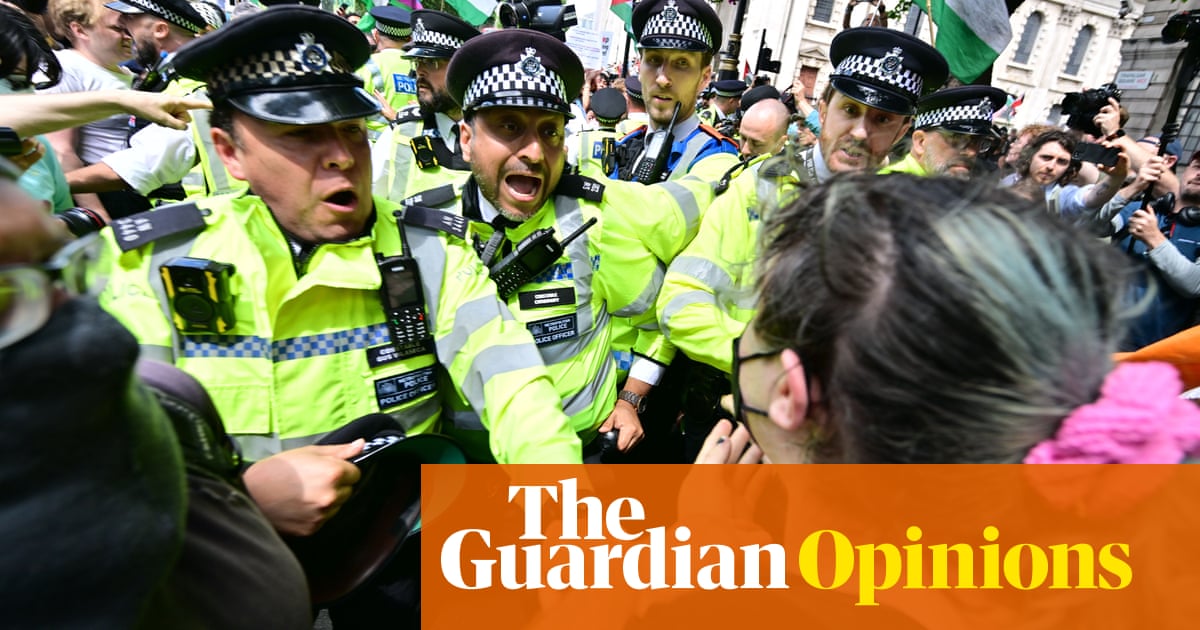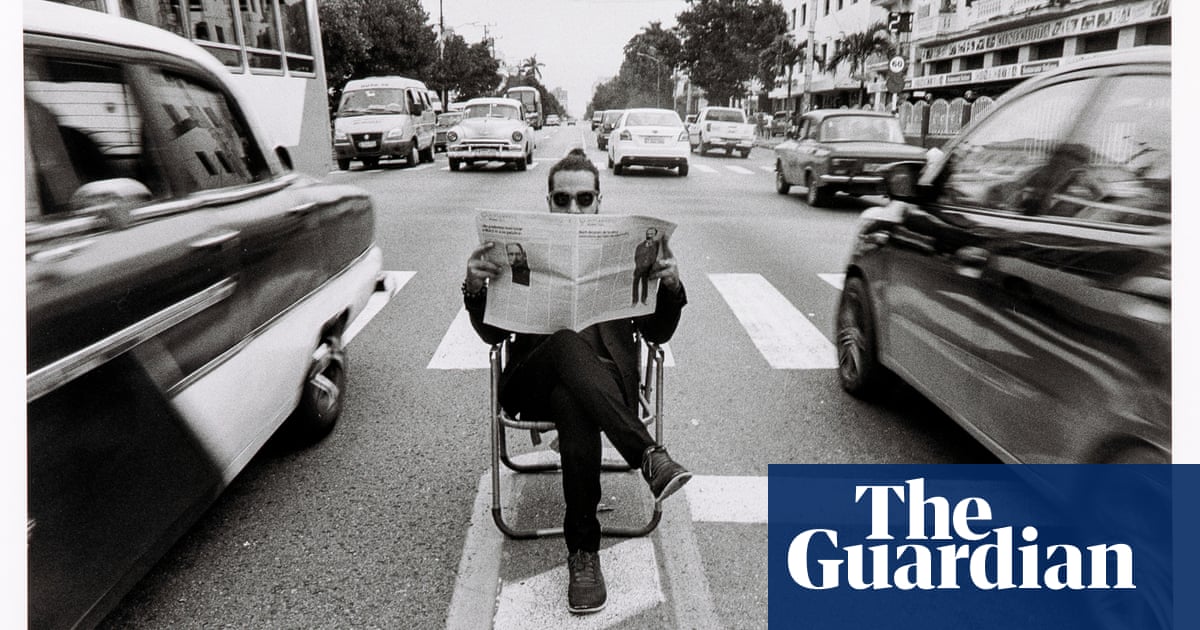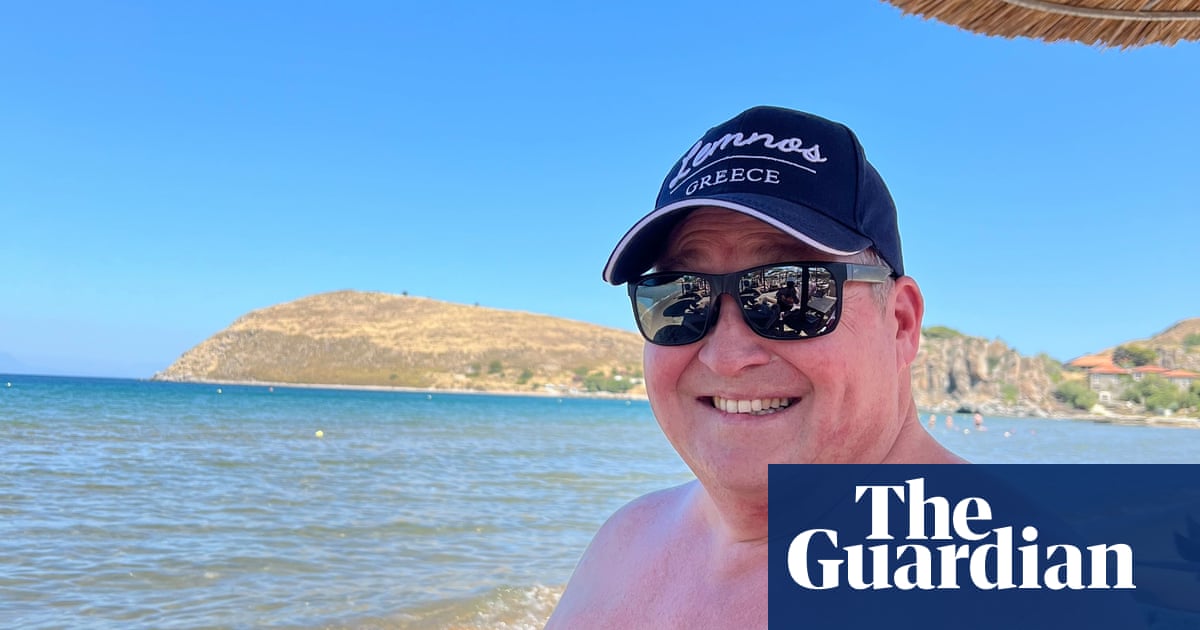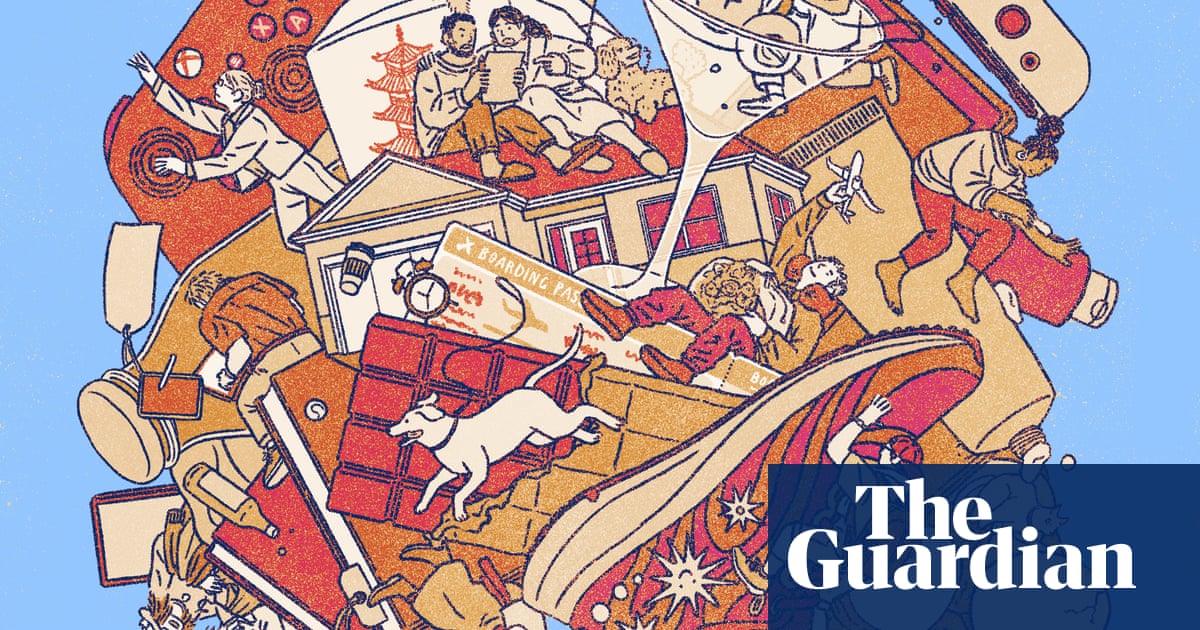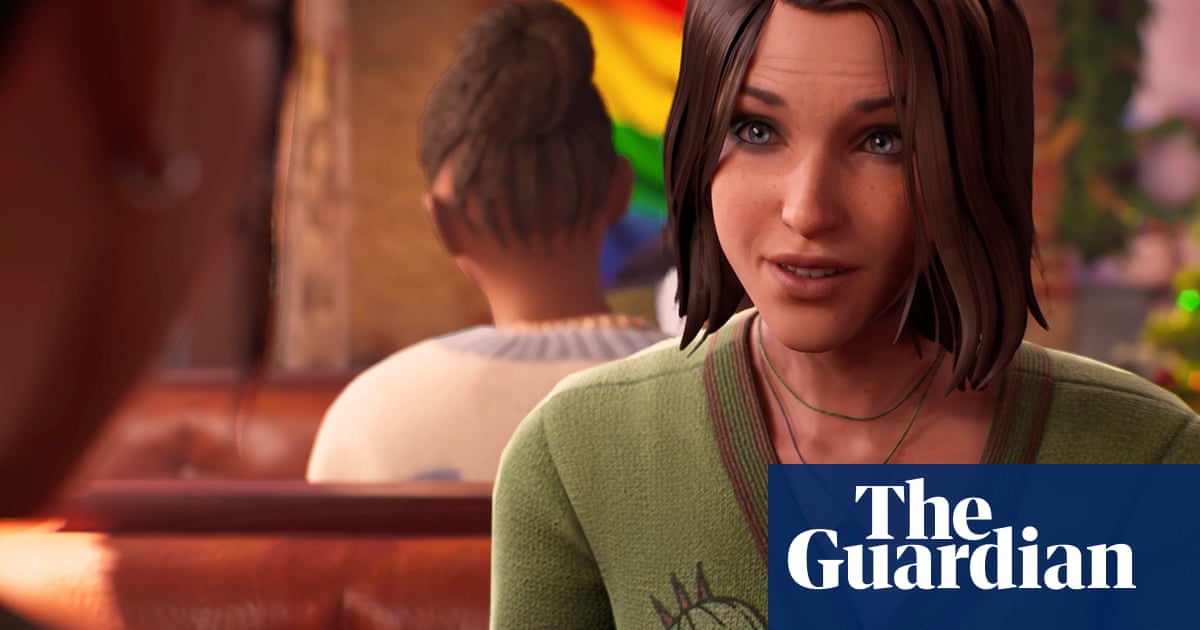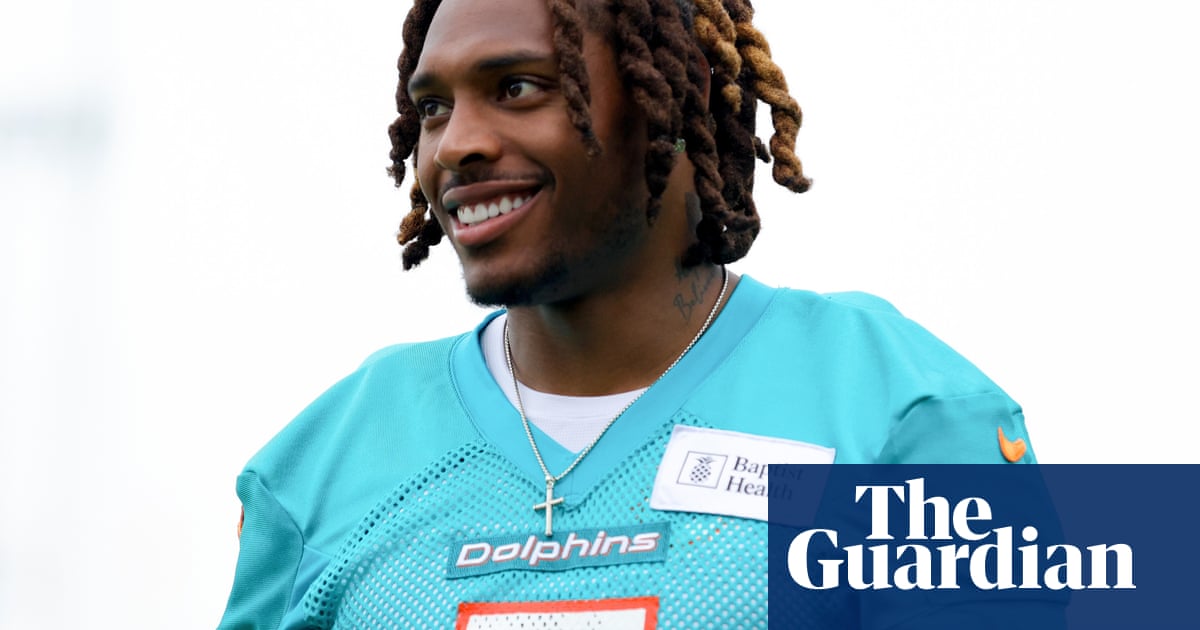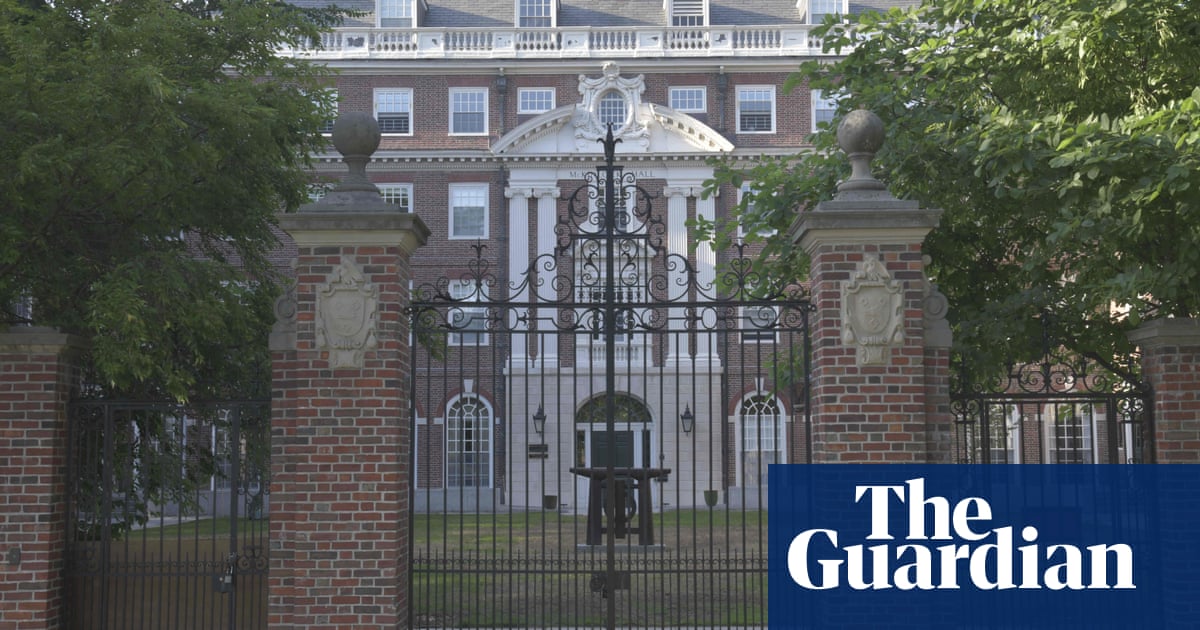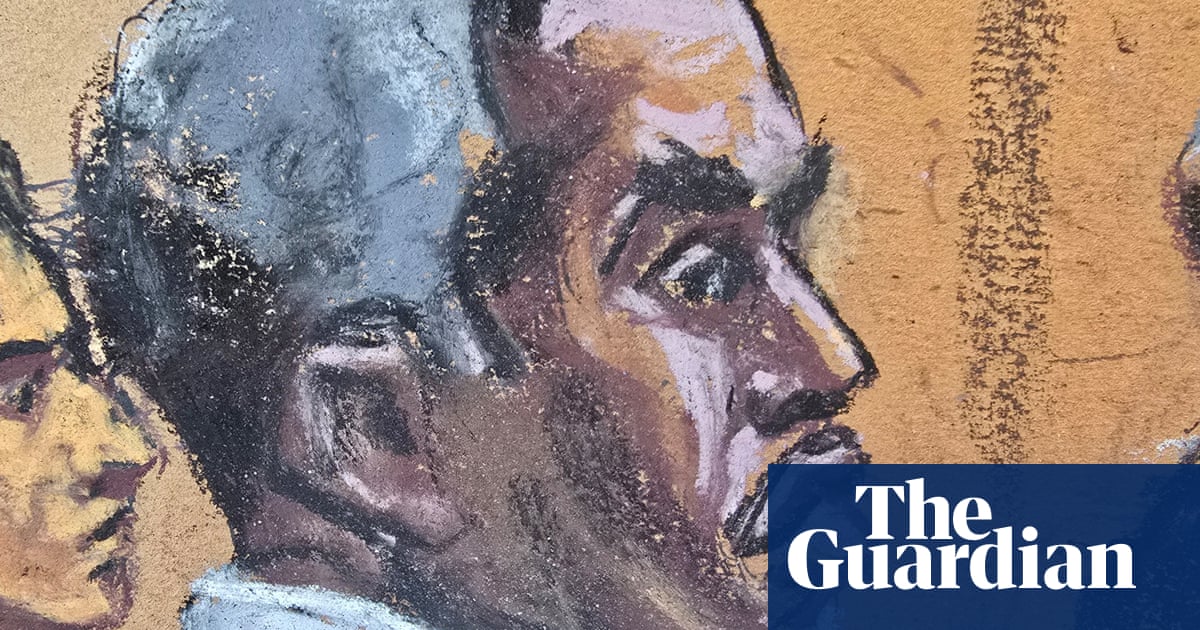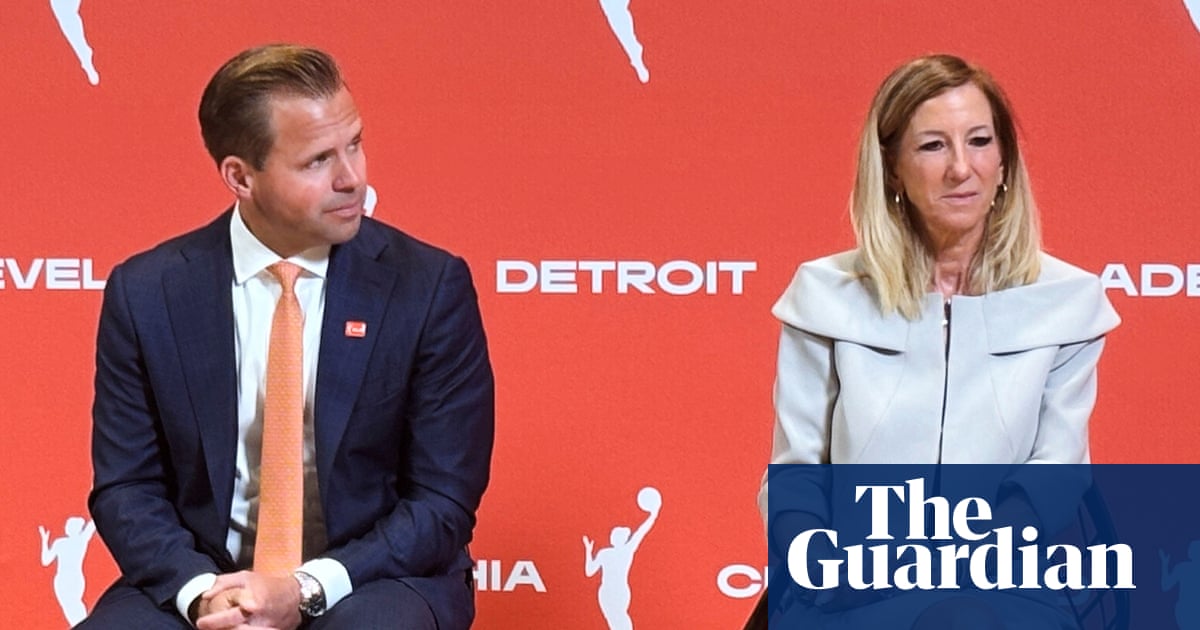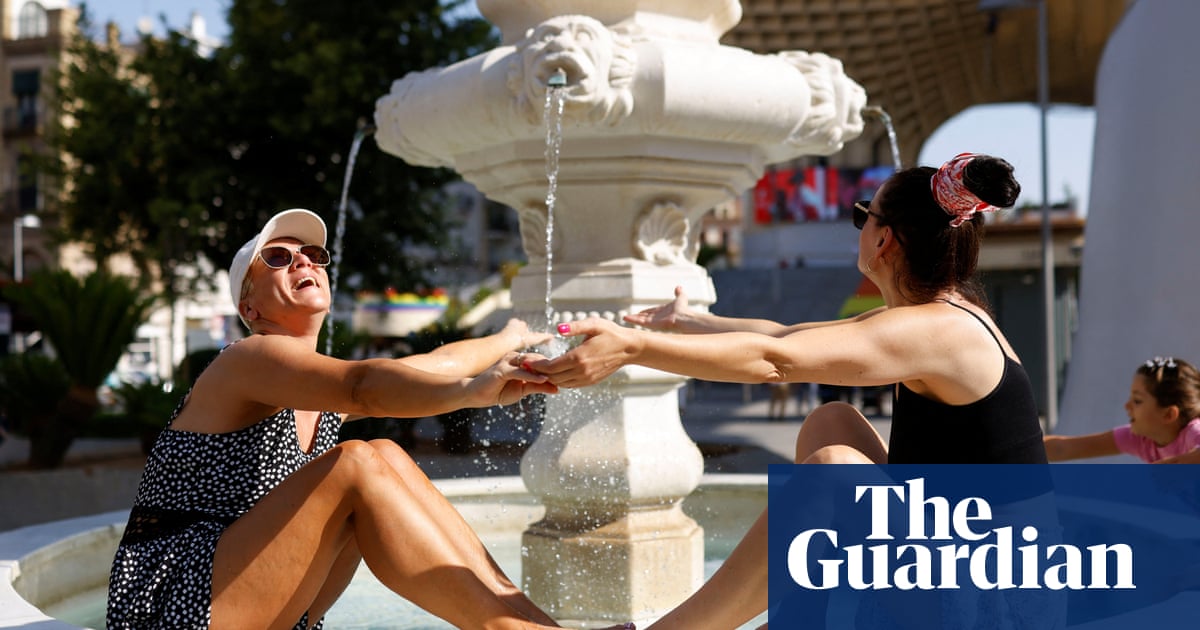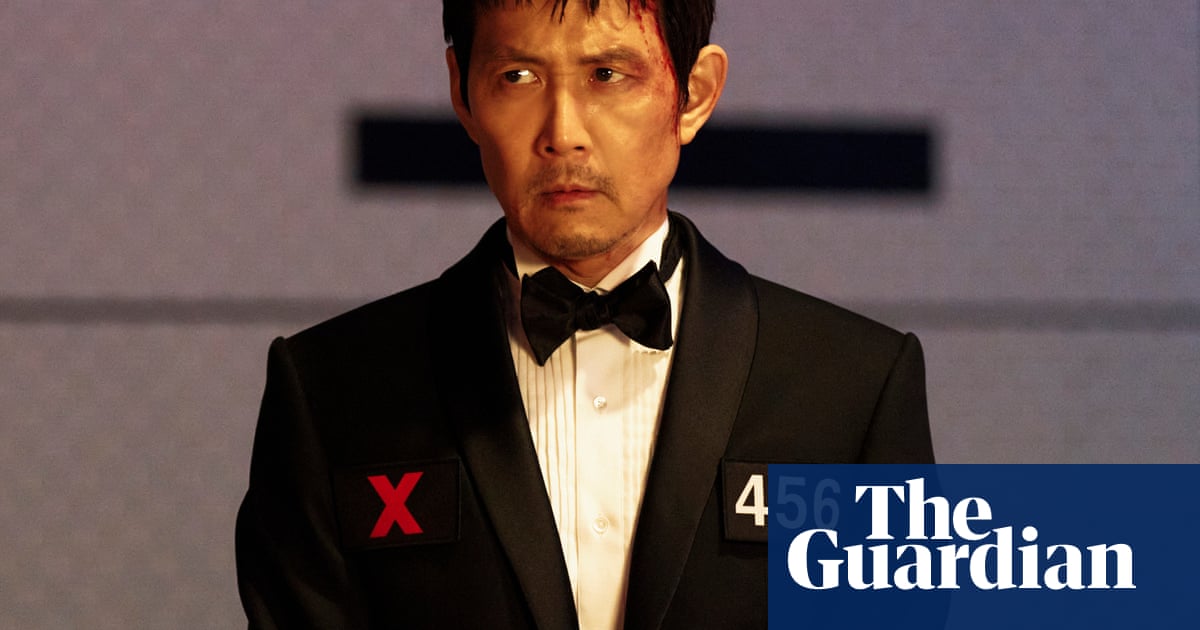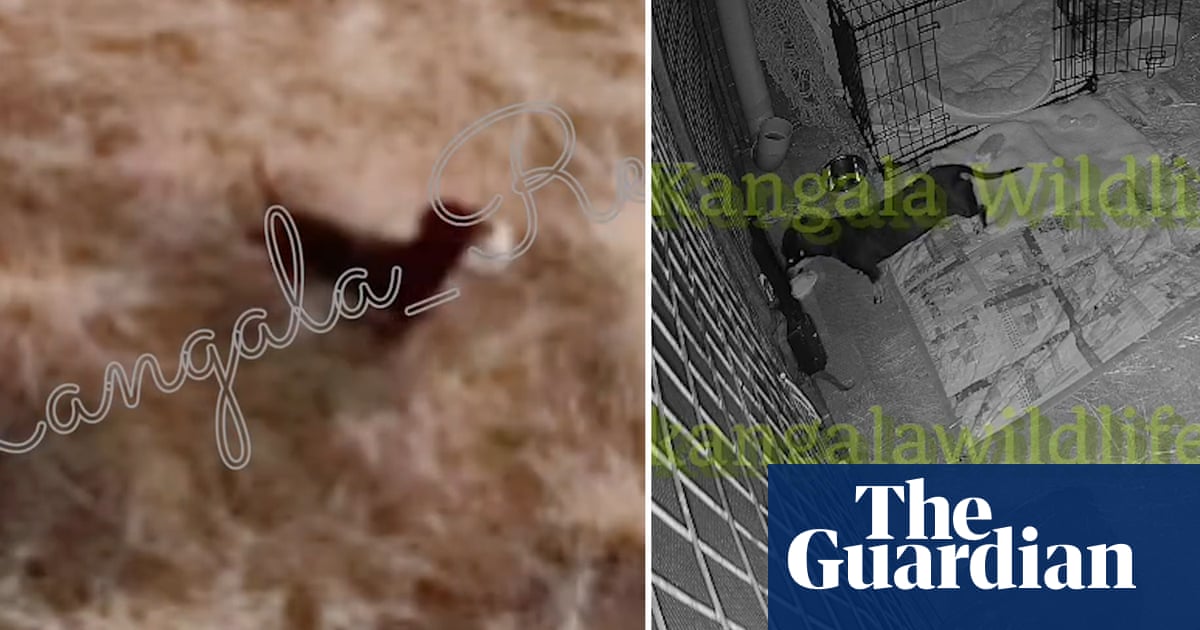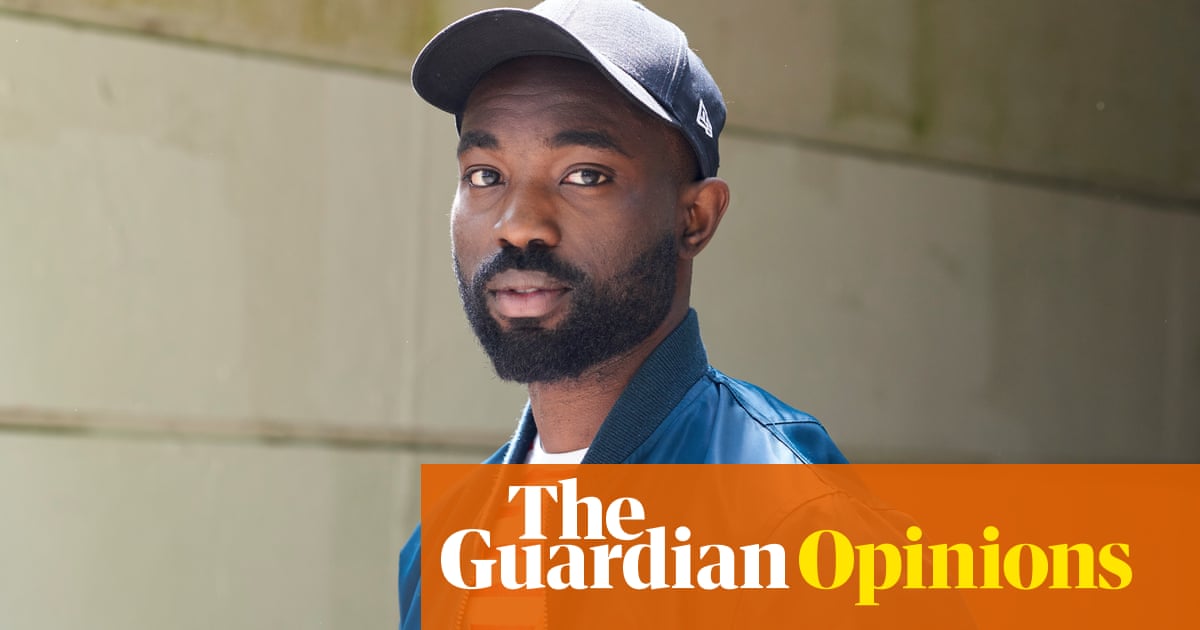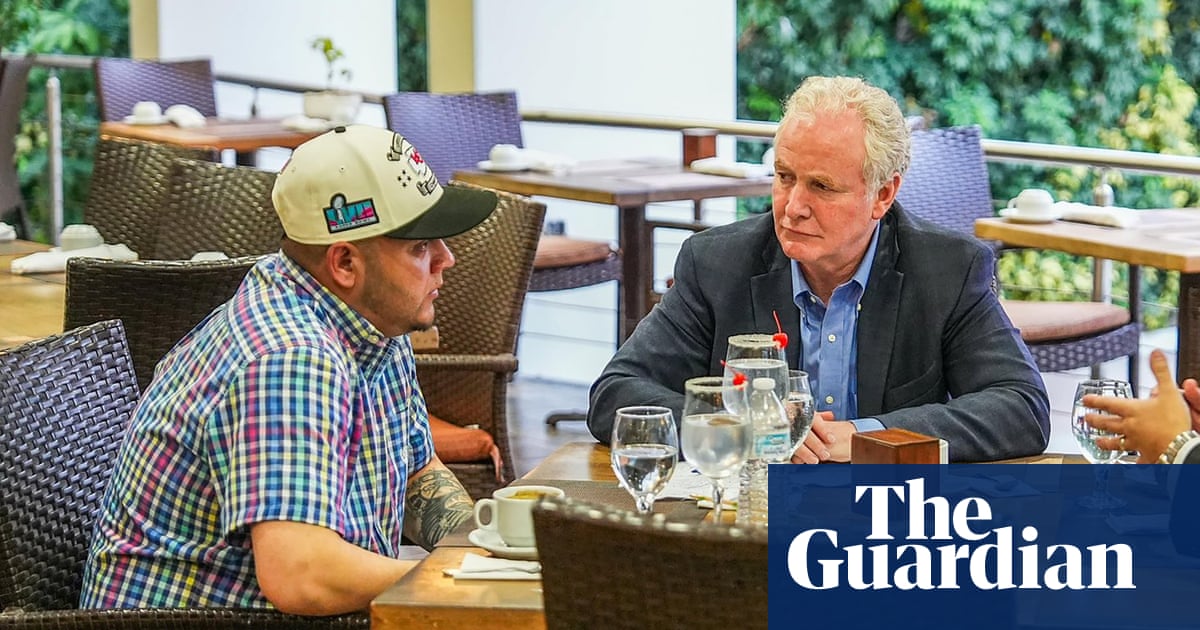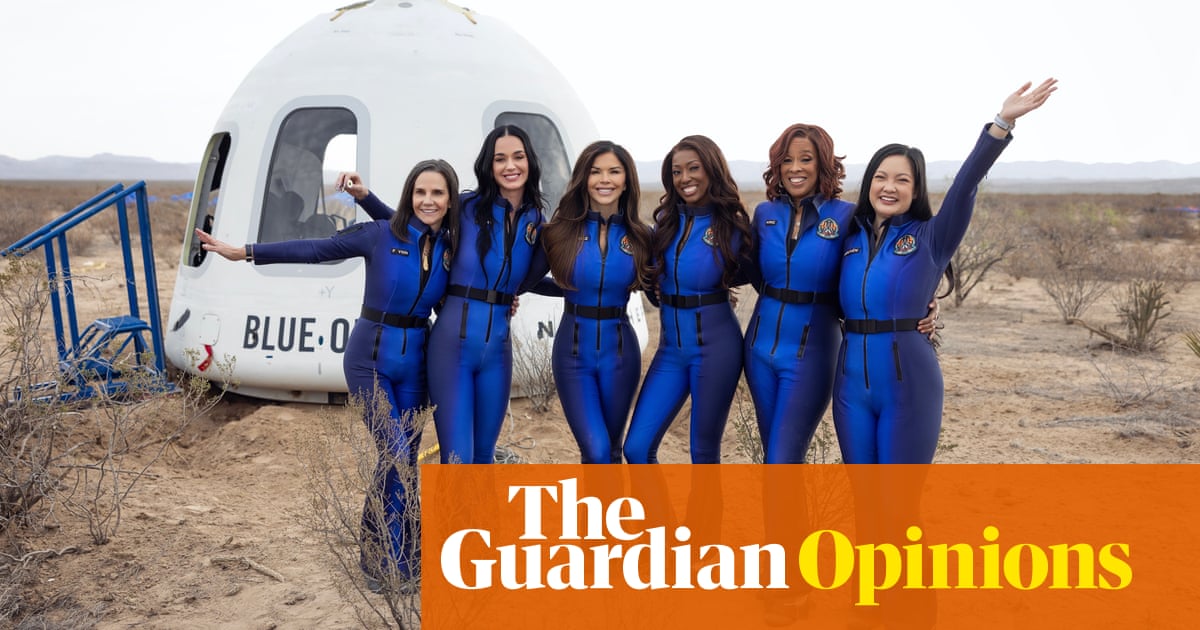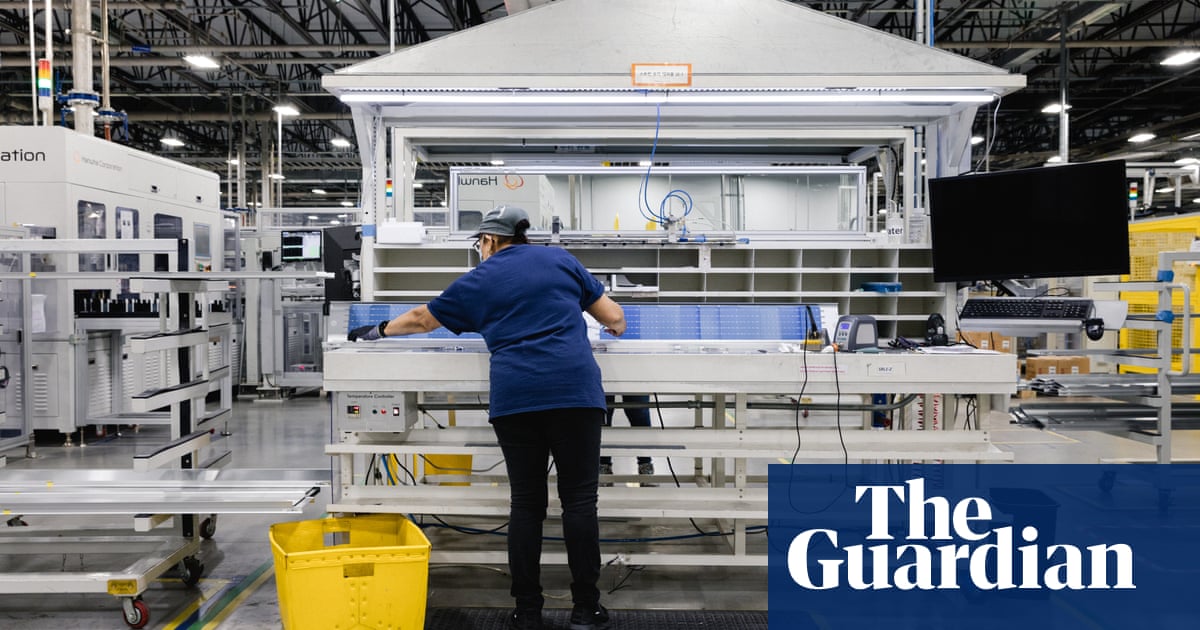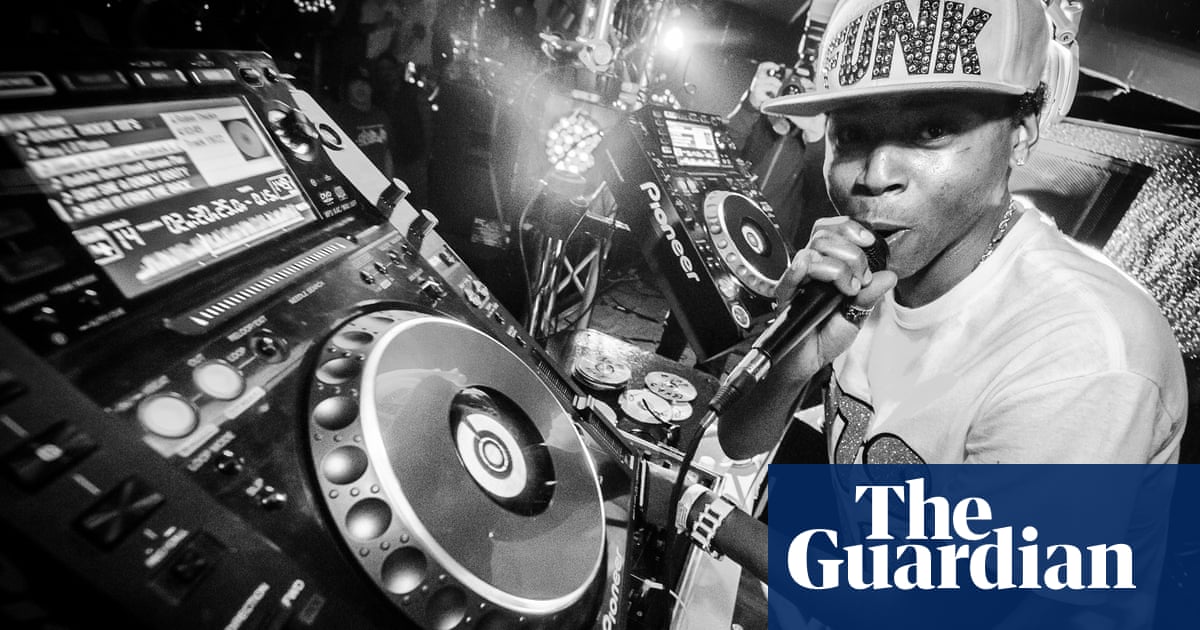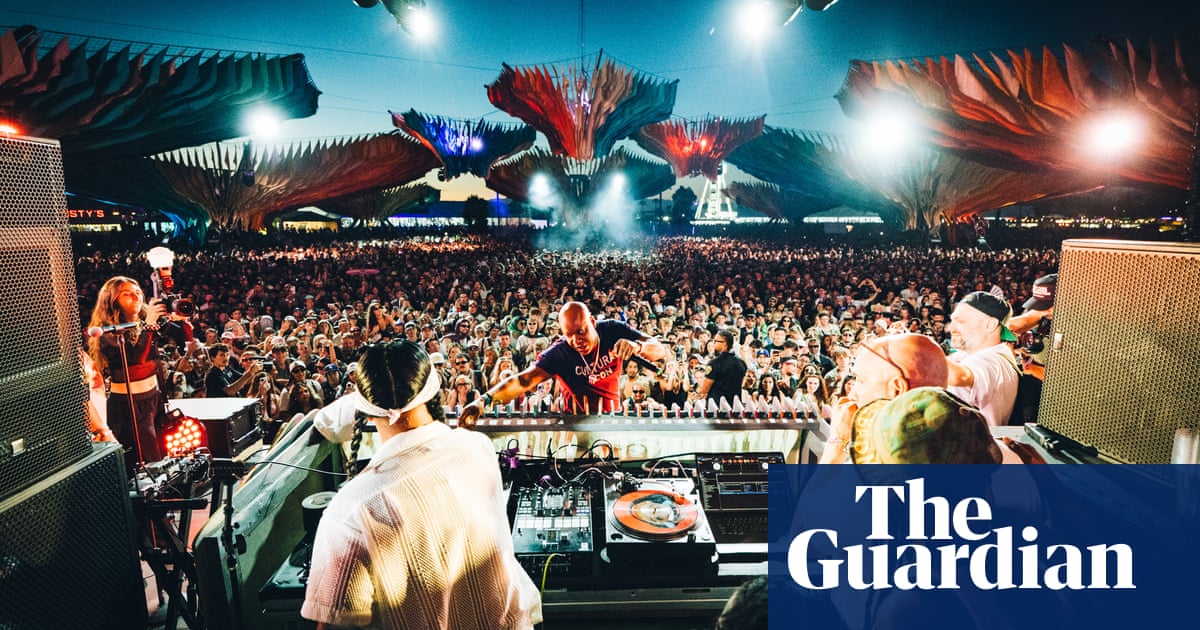“Will the girl who I just met at the perfume store please comment the perfume you recommended,” wrote Chappell Roan on Instagram last month. “You said it smelled like lipstick.”
The post went viral and the scent – Girl of the Year by the Los Angeles perfume house Thin Wild Mercury – instantly sold out.
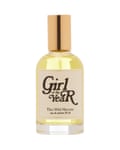
It’s hard to think of a more appropriate perfume for the performer. The house describes it as having “top notes of lipstick and incense; middle notes of ‘smoker’s leather jacket’ and a base of sandalwood, orris root and vintage fur”. The brand – whose name is culled from a Bob Dylan quote – is one of a growing set of perfumers reinventing scent for new fragrance fans. Like bedroom DJs or T-shirt screen-printers before them, they’re changing the culture of an established industry.
The global fragrance market is the biggest it has ever been and still growing; it is set to generate revenue of about £45bn in 2025, according to Statista. The UK market alone reached £1.74bn in 2024 and, if growth continues apace, will top £2bn by 2029 according to a 2024 Mintel report. This growth is driven by gen Z and millennials, who have formed a unique relationship with fragrance due to social media and Covid isolation – PerfumeTok drove 45% of social media scent sales in the US by 2023. Instead of a dab behind the ear, they prefer scent layering – wearing two or more perfumes at the same time – and scent wardrobing (matching fragrances to different occasions). Eighty-three per cent of gen Z wear fragrance as often as three times a week, according to a recent report by Circana.
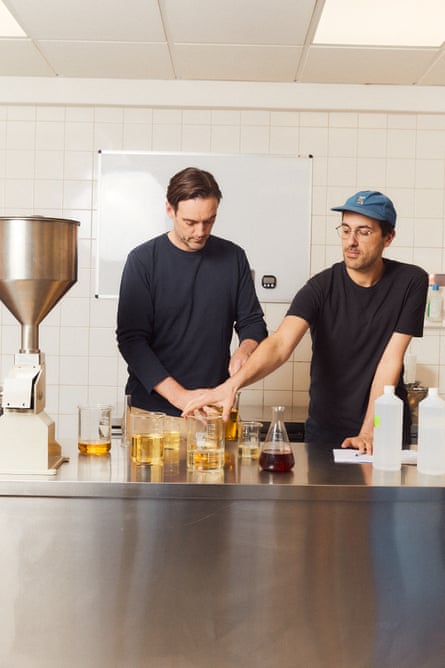
Perfume took off, somewhat unexpectedly, during lockdown, says Suzy Nightingale of the podcast On the Scent. “It was expected the fragrance market would fall, but it boomed,” says Nightingale, an award-winning perfume blogger. “People discovered they could punctuate their day with moments of difference – travel with their noses, revel in nostalgia or excite their senses with novelty. I think that was when people realised it’s not about ‘attracting a partner’ or having a signature scent – if it ever was. It’s donning an invisible cloak of protection, empowering yourself.”
Successful perfume influencers play a key role in the storytelling side of these products. Theatrical and charismatic TikTokkers such as @professorperfume and @jeremyfragrance explain new scents so vividly that their followers sometimes buy without smelling the perfume first. They spin tales of the weird girls and confident boys who wear these scents; PerfumeTok influences 66% of gen Z purchases.
Teenage boys have become surprising cognoscenti when it comes to luxury aftershave. The TikTok term for scent layering in this age group is “smellmaxxing”, a buzzword that became so prevalent that the New York Times defined it last year as a “term for enhancing one’s musk”.
According to a 2025 US trend report by Piper Sandler, teenagers are spending more money across beauty categories in general, but fragrance has grown the most – up 22% year on year. On a recent visit to Bloom Perfumery, a boutique selling independent and niche fragrances in the UK, I watched a boy who couldn’t have been older than 16 chat about cologne with an assistant twice his age with a genuinely inspiring level of passion and sophistication, beaming through his braces as he discussed smoky notes.

“There’s been a lot of pearl-clutching commentary worrying about how much [teenagers] spend,” says Nightingale. “But if you actually bother to talk to the younger generations thronging the halls of perfumeries from Boots to the Black Hall of Harrods, you discover they’re saving their pocket money – sometimes for years – and taking on part-time jobs to explore scent.”
While previous generations were satisfied with scent juggernauts such as CK One, Le Male, Poison or Opium, an emerging group of “frag heads” wants more. The idea of personalising your scent – smellmaxxing or scent layering – is key for them. Still, what 16-year-old can afford to layer a £90 Loewe scent with something marginally cheaper from Armani – and to that end, how did such expensive scents become the norm?
As luxury scents boomed post-pandemic, so too did dupes – replicas of designer products. Offering luxury style at low prices, dupes feel more Robin Hood than guilty secret. Some new brands got their start providing vegan or cruelty-free alternatives to blockbuster fragrances, notably Eden Perfumes, a family-run business in Brighton now lauded for its own scents as much as its knockoffs.
Meanwhile, the high street stepped up to do what it does best: producing designer style at affordable prices. The Zara perfume counter is currently the place to go if you want to smell like a million dollars for less than £20. While logos and bottle designs are easy to trademark, you cannot trademark a scent nor patent a perfume recipe under UK law. Some dupes can be poorer quality than luxury brands, but they’re safe as long as you use common sense. A trusted retailer will follow safety standards; an unknown one may not be as stringent.
after newsletter promotion
As well as dupes, “niche perfumes” gained traction. While cosmetics giants such as Coty, Guerlain and Estée Lauder have dominated since the early 20th century, independent pioneers appeared who followed their instincts and taste rather than market research. Brands such as Le Labo, Sol de Janeiro and Byredo changed the game – Le Labo’s Santal 33 was the fashion circle’s signature scent and a Santal 26 candle appeared in Beyoncé’s Lemonade film in 2016. Victoria Beckham and Sienna Miller namechecked Byredo as their favourite perfumer. It is no wonder these brands have now been snapped up by LVMH and other conglomerates.
More indie scents launched after lockdown, including complicated and counterintuitive fragrances. The idea of perfume as confrontational, confusing art grew. The Canadian brand Zoologist found fame for its award-winning Bee scent (notes of ginger syrup, royal jelly and broom) in 2020, as did Inexcusable Evil by the Romanian perfumer Toskovat, with its bouquet of bandages, blood and burnt flowers. This year brings Silver Haze from Alloy Studio, which evokes “a backseat smoke session” and has notes of cannabis, chocolate powder and strawberries. Food-inspired fragrances are the latest perfume craze with scents like pretzels and cherries finding favour.

Some fans went deep, obsessing over process, rarity or a unique note in a scent, discussing them like oenophiles on Reddit and dedicated scent chatrooms. Some turned to DIY, using Sam Macer’s YouTube channel and forums such as Basenotes to swap tips on sourcing ingredients and aroma combinations.
For a few, the hobby became a side hustle and finally a career. Indie companies looked to creators who had taught themselves to blend new scents. As the industry traditionally requires a chemistry degree, a spell at a (preferably French) perfume school – such as ISIPCA in Versailles – then an apprenticeship at a fragrance house, this influx of new blood has been a huge shakeup. You can buy perfume ingredients such as fixatives, solvents and scent compounds online, so, like microbrewers and bakers before them, self-taught perfumers simply got stuck in.
“There’s a definite sense of punk-rock impresarios to some indie brands,” says Nightingale. “Not tied up in shareholders’ opinions and having to panel-test everything so that it’s acceptable rather than exciting.”
At a time when beauty conglomerates are turning to AI and science for new scents, it’s refreshing to find gatecrashers at the party. The Spanish company Puig used 45m brain readings from men aged 18-35 to finesse the ingredients of the cologne Phantom by Paco Rabanne before its 2021launch – the result was a commercial bestseller.
Independent perfumers can bring a bit more imagination to the process. The British scent company Earl of East recently collaborated with the musician Bon Iver, who they asked to do a blind smell test, then used his answers to create a custom scent inspired by his latest album. The resulting range of mood mists and candles instantly sold out. The creation process for the two products couldn’t be more different, but the world smells better because both of them exist.
Paul Firmin, a co-founder of Earl of East, thinks the lack of formal education behind the brand is a strength. It started as a hobby and a market stall but is now stocked globally. It holds workshops for customers who want to make their own perfumes. “We’ve worked hard to demystify scent, encouraging people to engage with it in a way that feels personal rather than intimidating,” says Firmin. “Removing outdated boundaries – like the idea that scent should be tied to gender – has also opened up the space. That distinction was a ridiculous concept in the first place.”
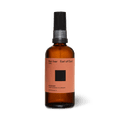
Another autodidact is Maya Njie, a Swedish-born, UK-based perfumer, who started her fragrance house in 2016. While studying surface design at the University of Arts London, Njie got sidetracked. “I was exploring storytelling through photography, print and pattern and I began incorporating scent.” She was inspired by family photo albums; holiday snaps of Gambian beaches led to her perfume Tropica, which combines sea salt, pineapple and coconut. “Being self-taught has given me the freedom to approach perfumery from an artistic and instinctive place,” she says. “I can do this as the brand owner as I’m only working to my own brief.”
Nightingale wishes the new indies of perfume received more support from the industry. “I see so many tiny brands fall by the wayside. I’d love to see retailers celebrate them more – giving them shelf room among the big corporate-owned names.”

Cathleen Cardinali, co-founder of Thin Wild Mercury, found that nothing beats word of mouth. As she posted on social media after Roan’s viral message: “[Our] customers went crazy tagging us in an international pop superstar’s Instagram because they were so excited by the notion that she might like their favourite little indie perfume brand.”
If you’re looking for the smell of lipstick, sun cream from a day at the beach, smoking in a car, or have some other olfactory fantasy, this new generation of self-taught perfumers are waiting to play it out for you.

 6 hours ago
4
6 hours ago
4
